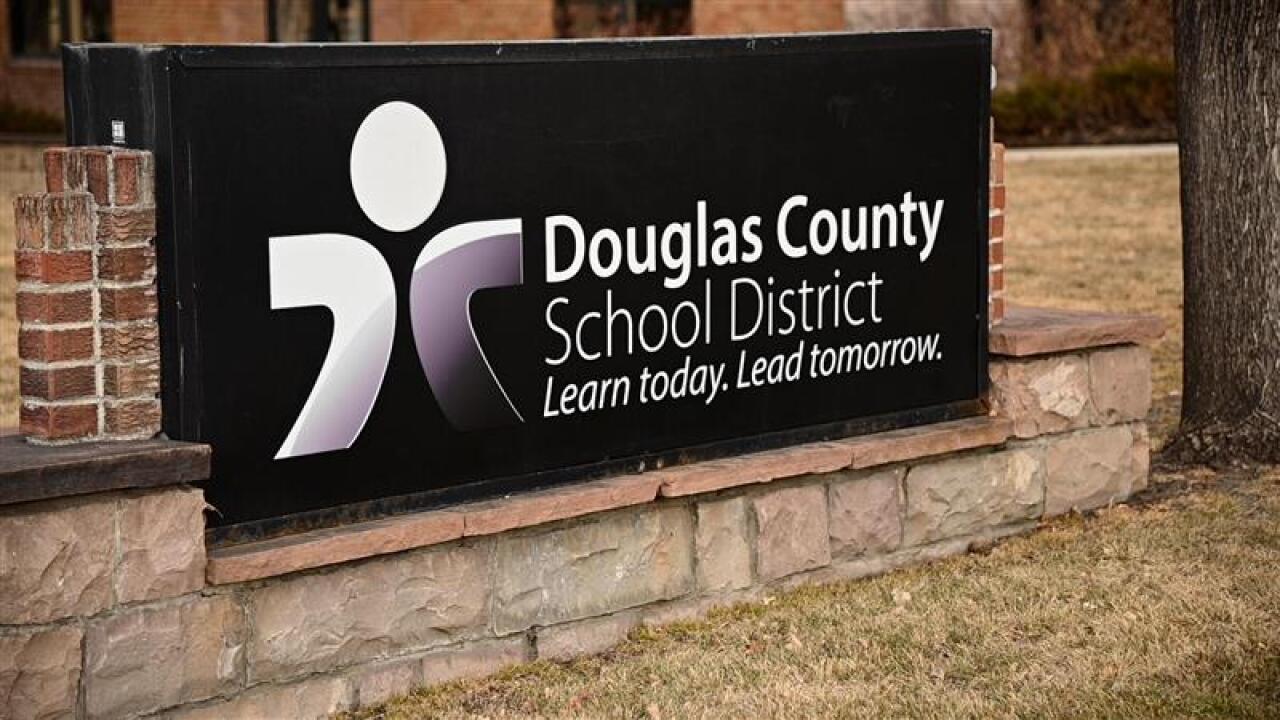Shortly after the 2019 shooting at the STEM School in Highlands Ranch, Douglas County commissioners took quick action to try and improve safety at schools in the county, allocating $10 million for safety and mental health, with more than $6 million going to public schools. But Denver7 Investigates learned last year that the Douglas County School District had only spent roughly 15% of that money in the nearly two years after the shooting where 18-year-old Kendrick Castillo was killed.
At that time, only about $1 million had been spent to improve schools, but in the more than a year since that report, the district has spent an additional $3 million, according to data from the school district. This means that nearly two-thirds of the money allocated for school safety has now been spent.
“So we did not want to spend it quickly just to spend it,” said Jonny Grusing, a former federal agent who is now in charge of security for the district. “And when I came in, even though this was new to me, I knew that this was in response to STEM and I knew how valuable this money was, so I wanted to spend it wisely.”
Grusing took over for former Douglas County Schools Security and Safety Director Rich Payne. Payne told Denver7 Investigates last year that the district delayed spending some of these funds due to the COVID-19 shutdown .
Grusing said that the district is now in a better place if there was to be another incident and learned lessons from the STEM shooting, particularly regarding communication. He said all nine of the district’s high schools and two large charter schools have improved radio communications between police and the school district.
“We walked every square foot of our high schools and two of our big charters to make sure there’s not one spot in the school where they don’t get good radio coverage,” he said.
So far, the district has spent just over $1.7 million of the $2 million allocated for communication. It also spent nearly $500,000 on exterior door alarms at the high school.
“The district's safety and security, our principals, know when doors are open longer than they should be,” Grusing said. “It was one of the STEM findings, and even we also studied recent events like what happened in Uvalde.”
Another large portion of money — $1.36 million — was spent on ballistic windows with bulletproof film. Additionally, the district has spent more than $100,000 on radios, $115,000 on door locks, $144,000 on defense training and $85,000 on emergency trauma kits.
The district has spent the least amount of money on bollards, or protective barriers that can also direct traffic or block off certain areas. So far, only roughly $17,000 of $1 million has been spent, but Grusing said the district is looking at reallocating those funds because most of the schools already have bollards installed.
Out of the remaining $2 million, the district plans to reallocate $1.5 million to put in door alarms and radio amplifiers in middle and elementary schools. The remaining $500,000 will be spent to fulfill existing projects.
“I really believe that the school district is on the right path to spending that money appropriately now,” Douglas County Commissioner Lora Thomas said. “I do think that the school district has done a better job.”
John Castillo, whose son was killed in the STEM shooting, still questions why it has taken the district so long to spend this money but is glad some things are now being done. Going forward, he hopes the district is more transparent with its spending.
“I feel that they could have done a better job using that money and doing it in a more rapid manner to create safe schools,” he said. “To try to make the school district where Kendrick lost his life the safest it can be."






